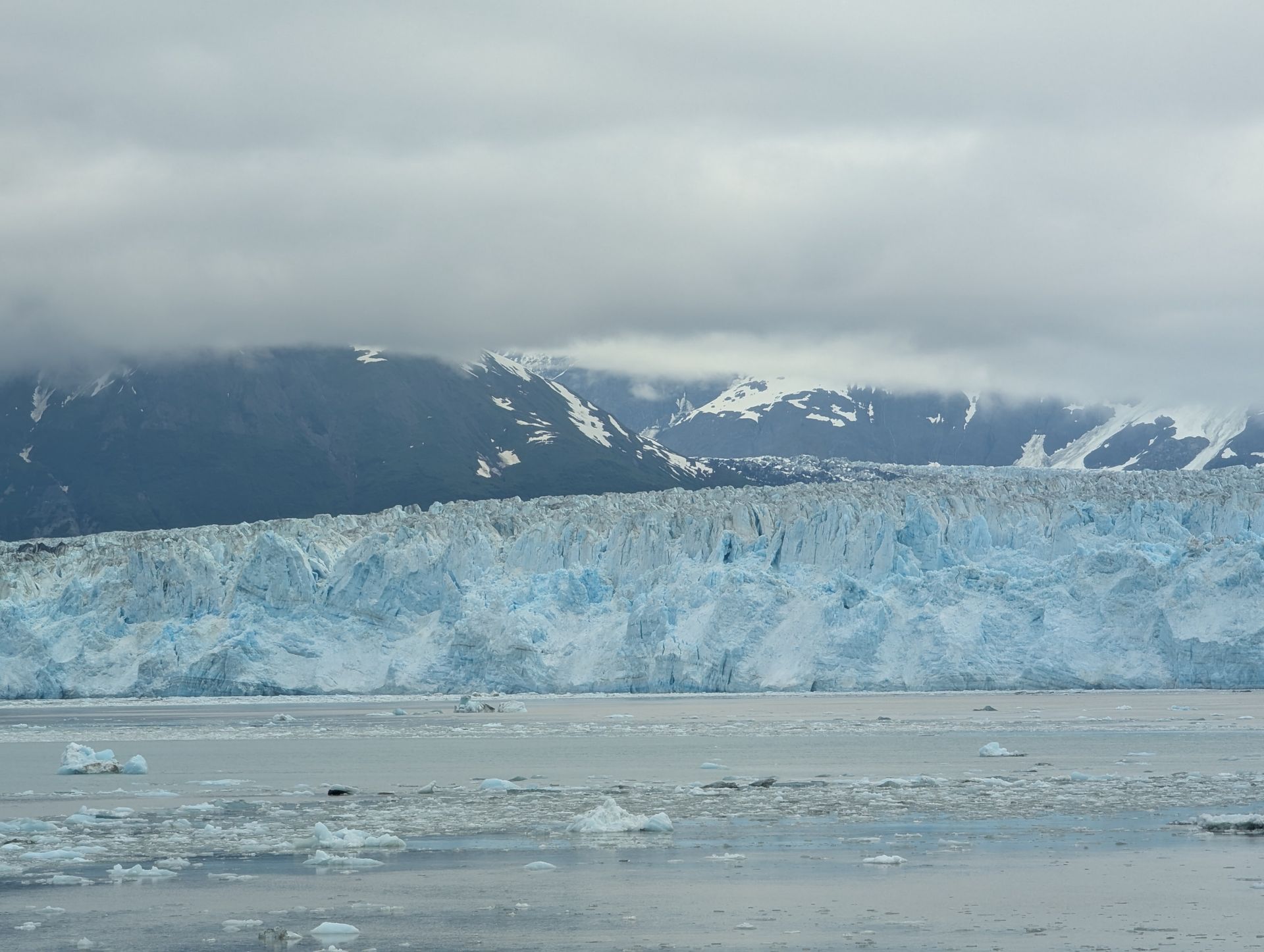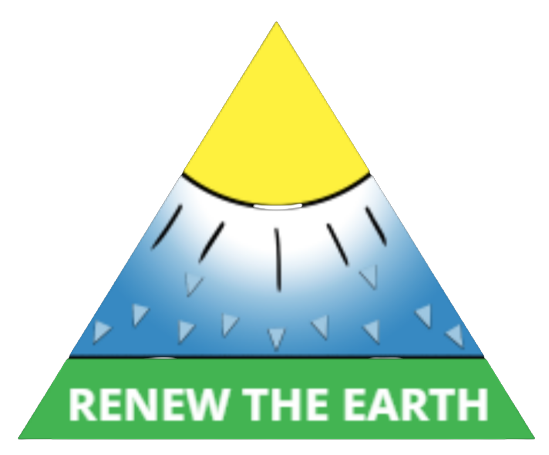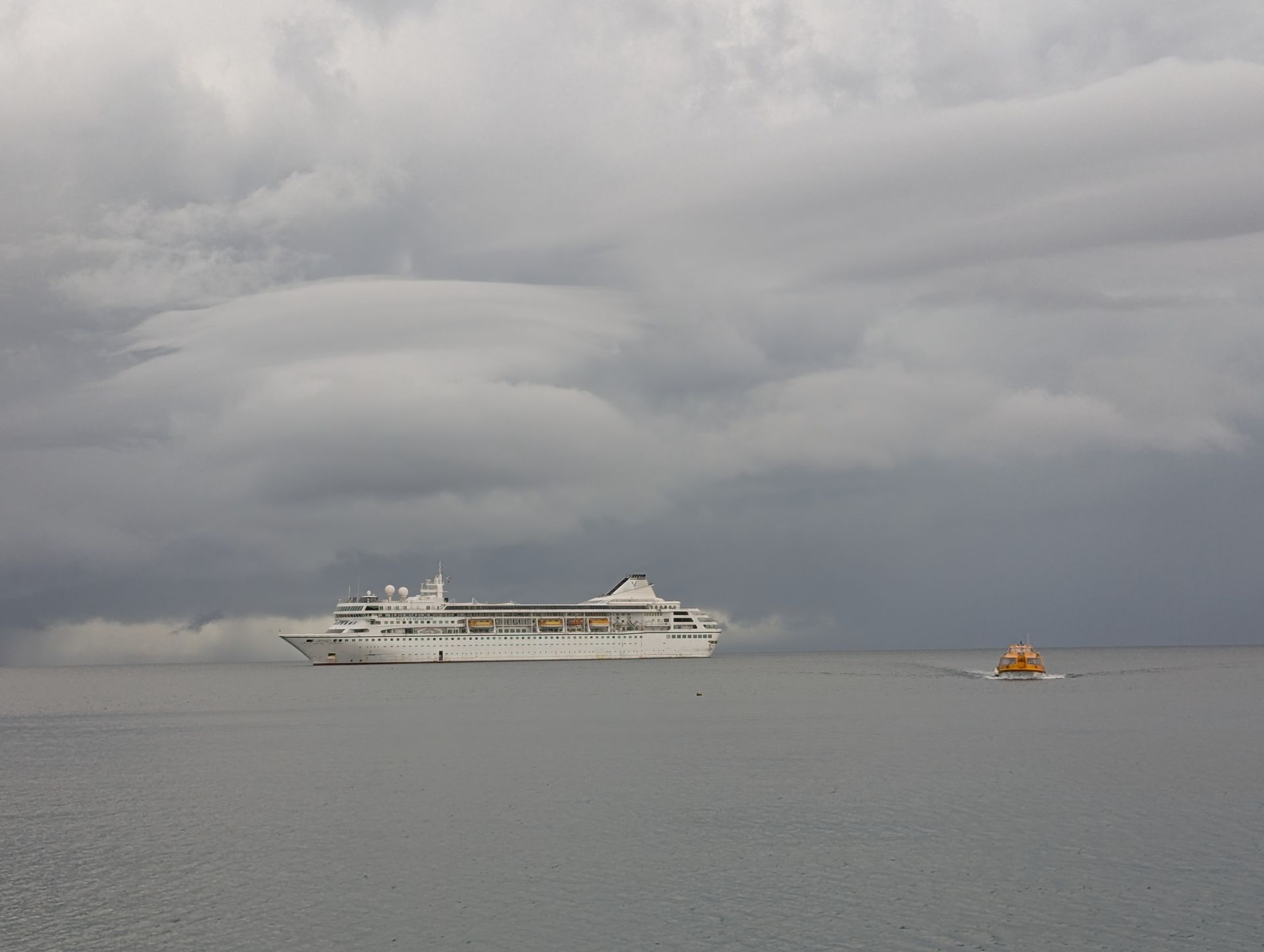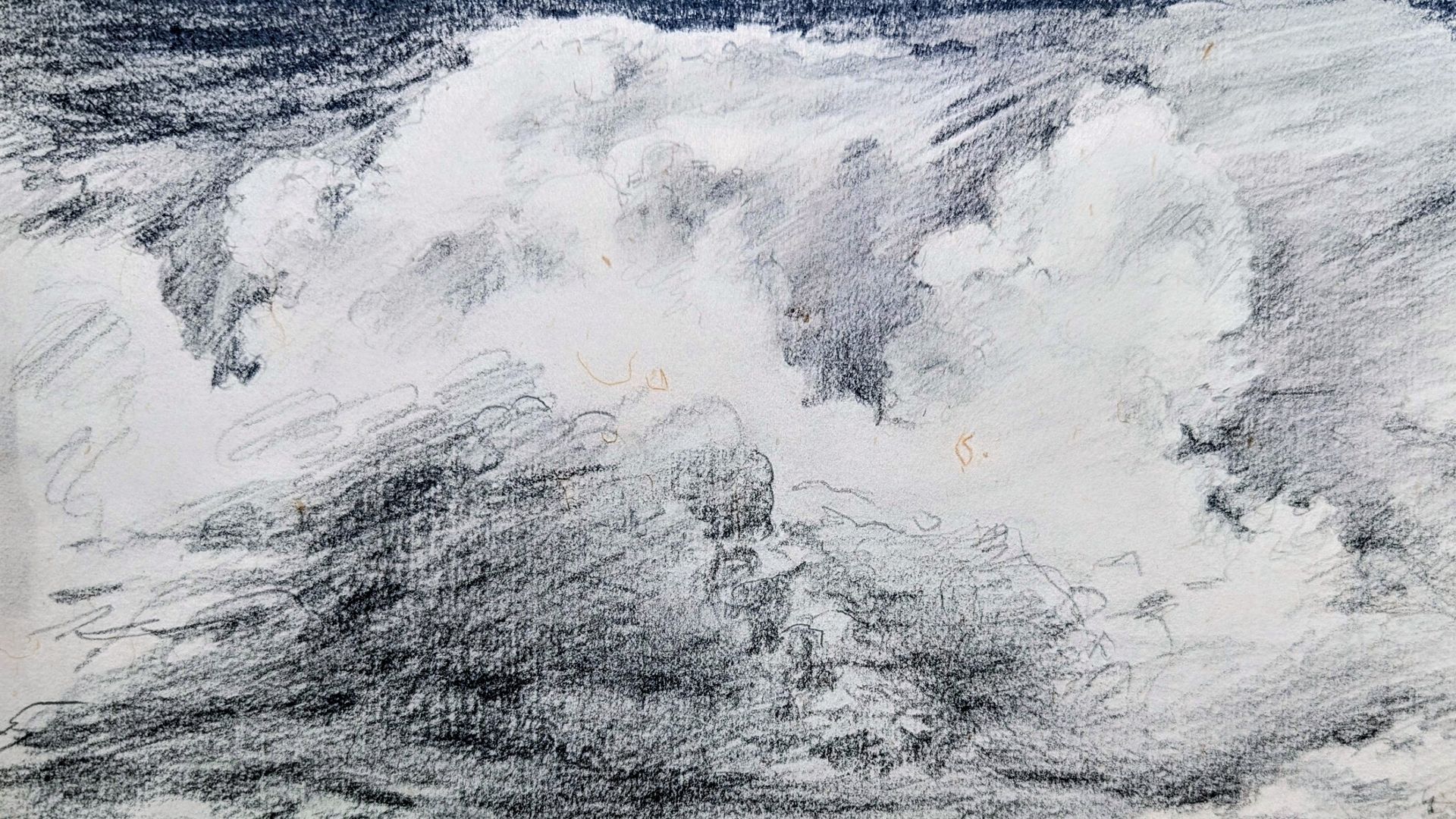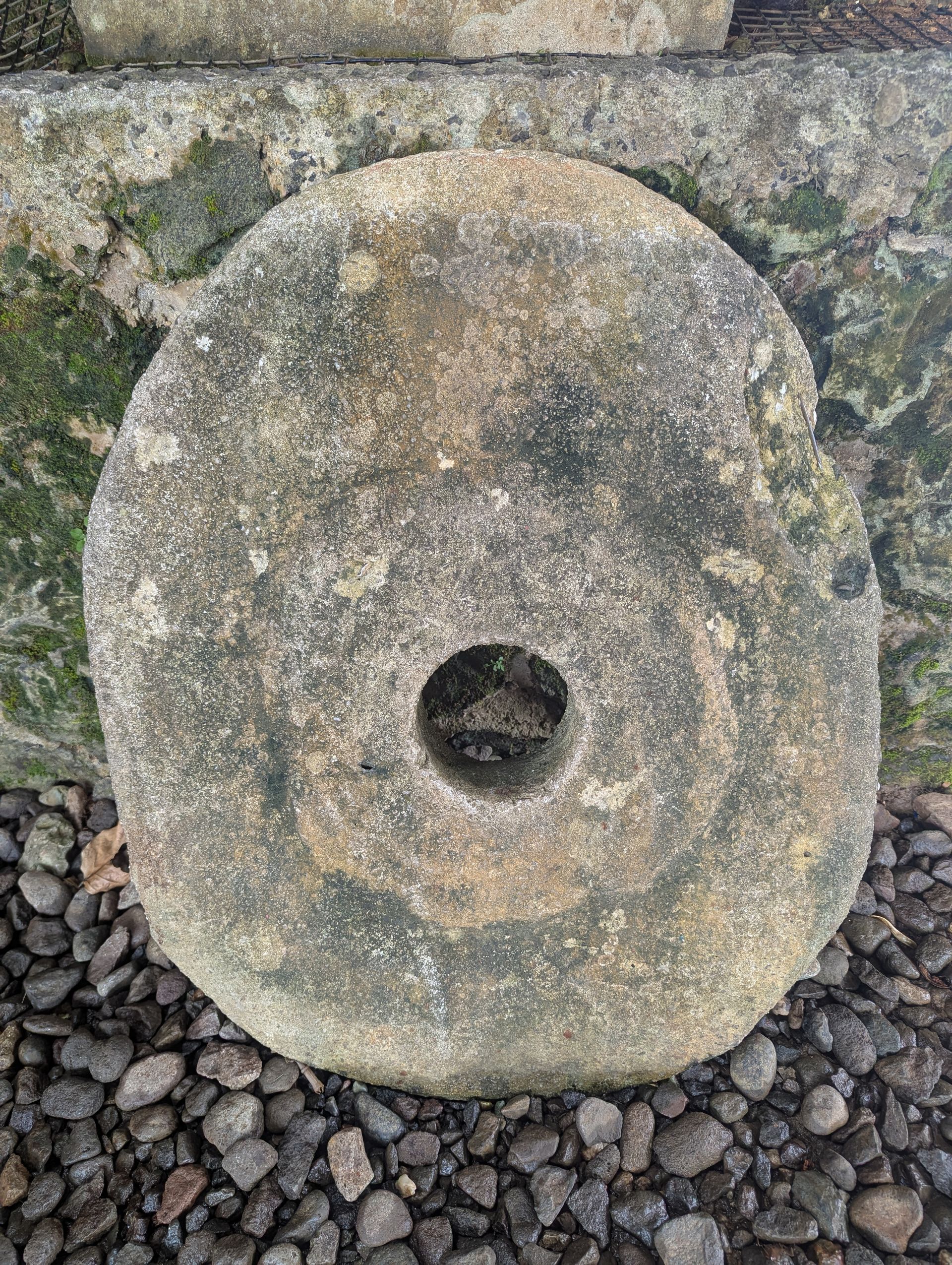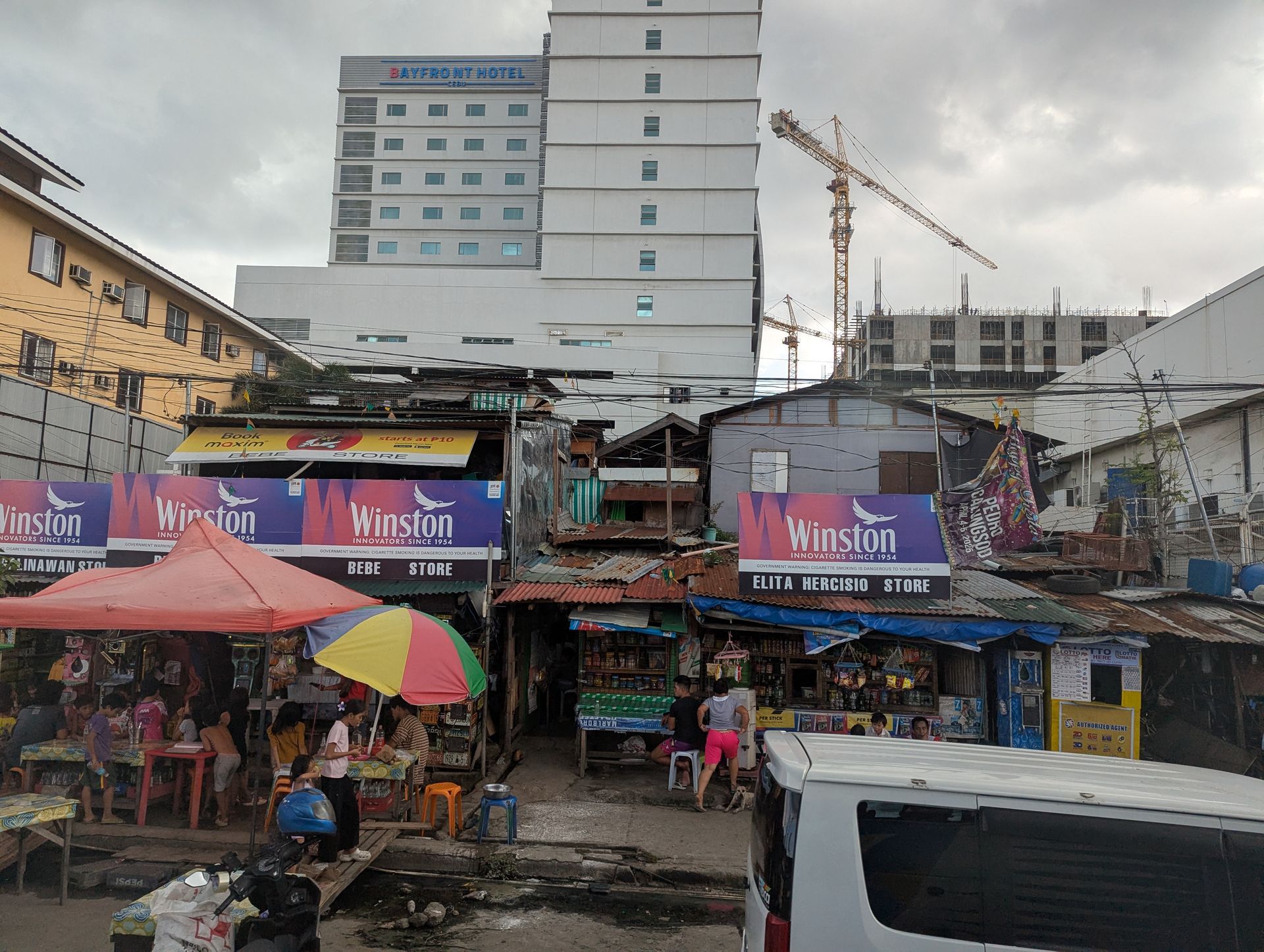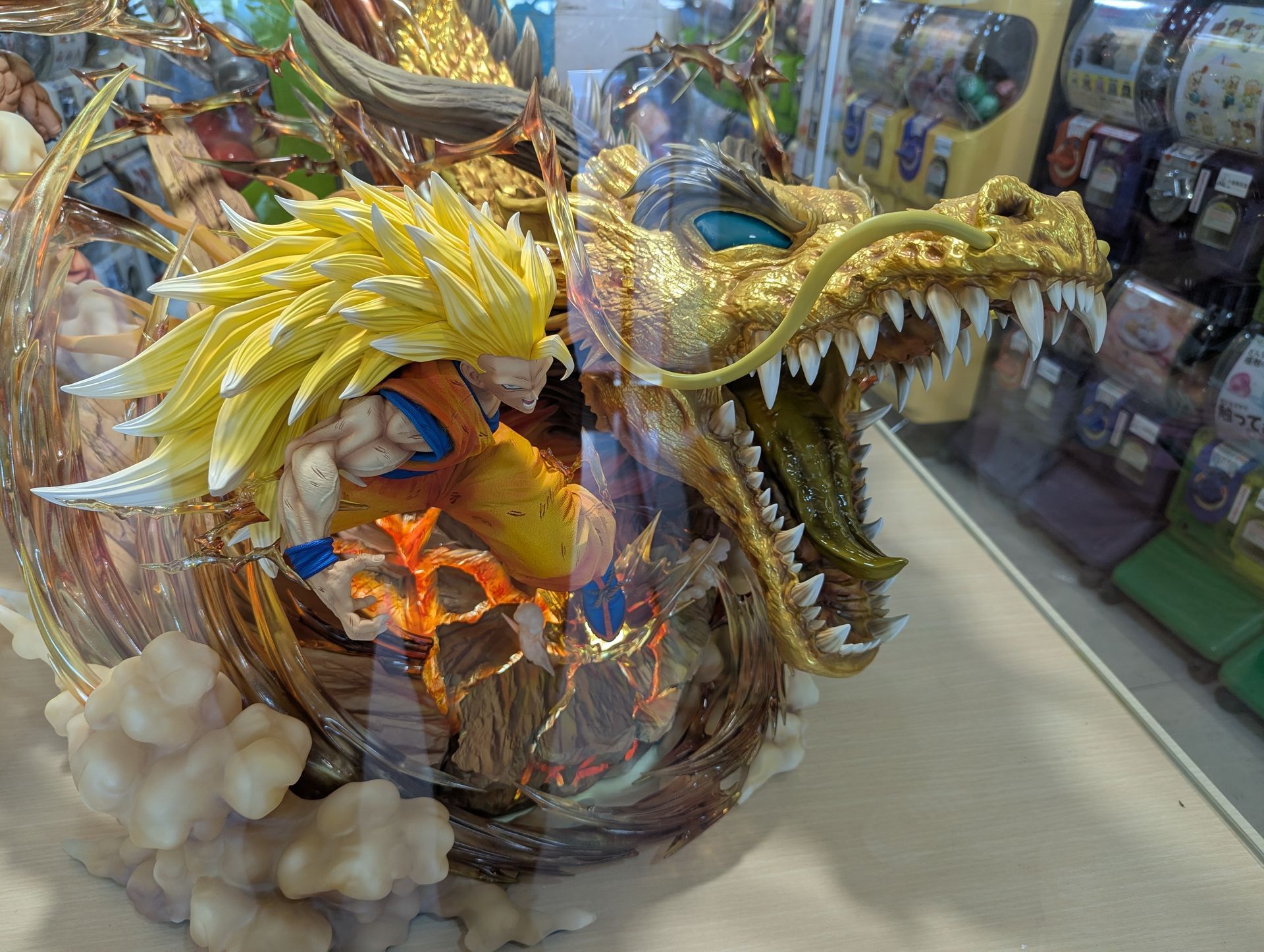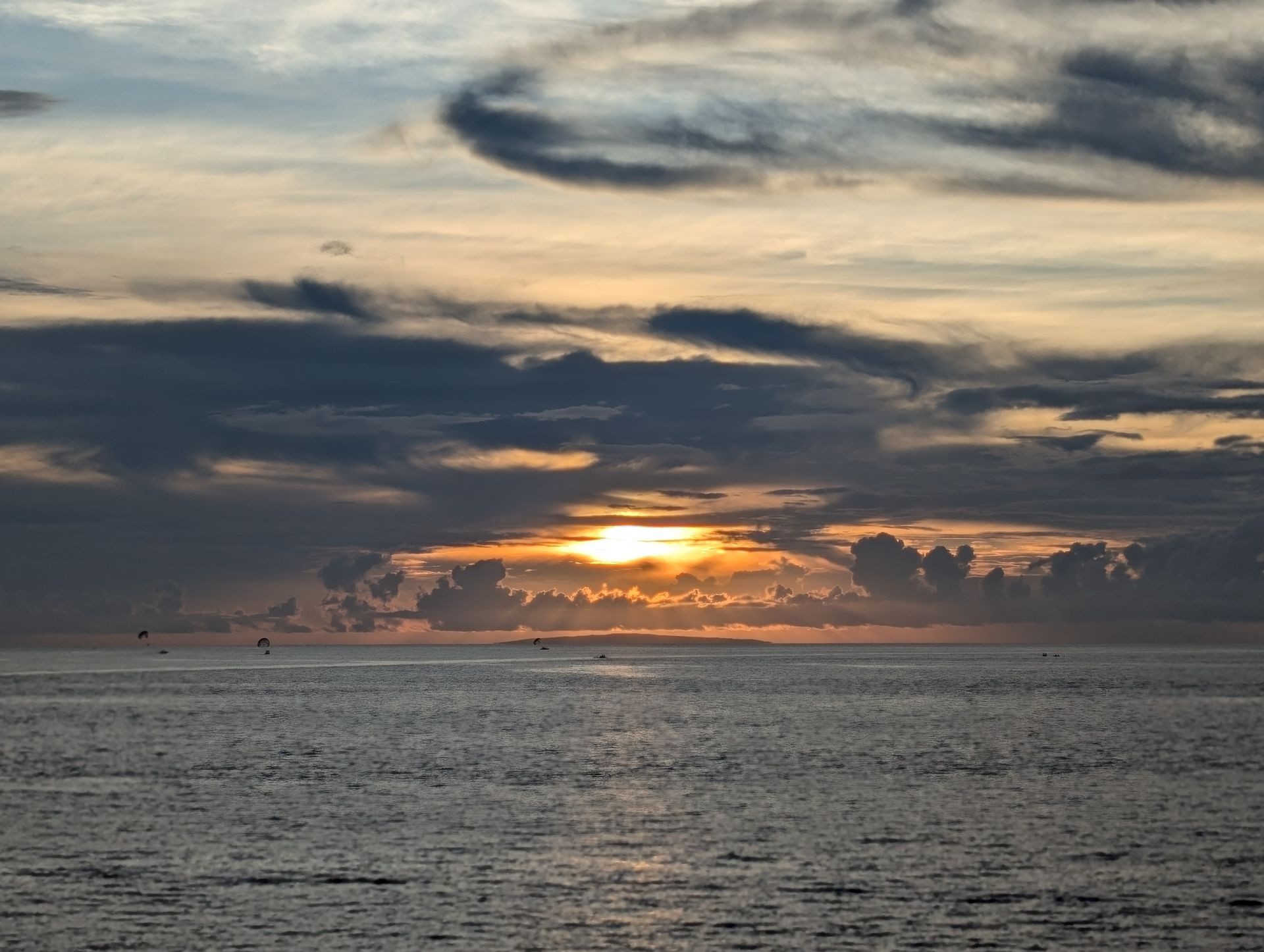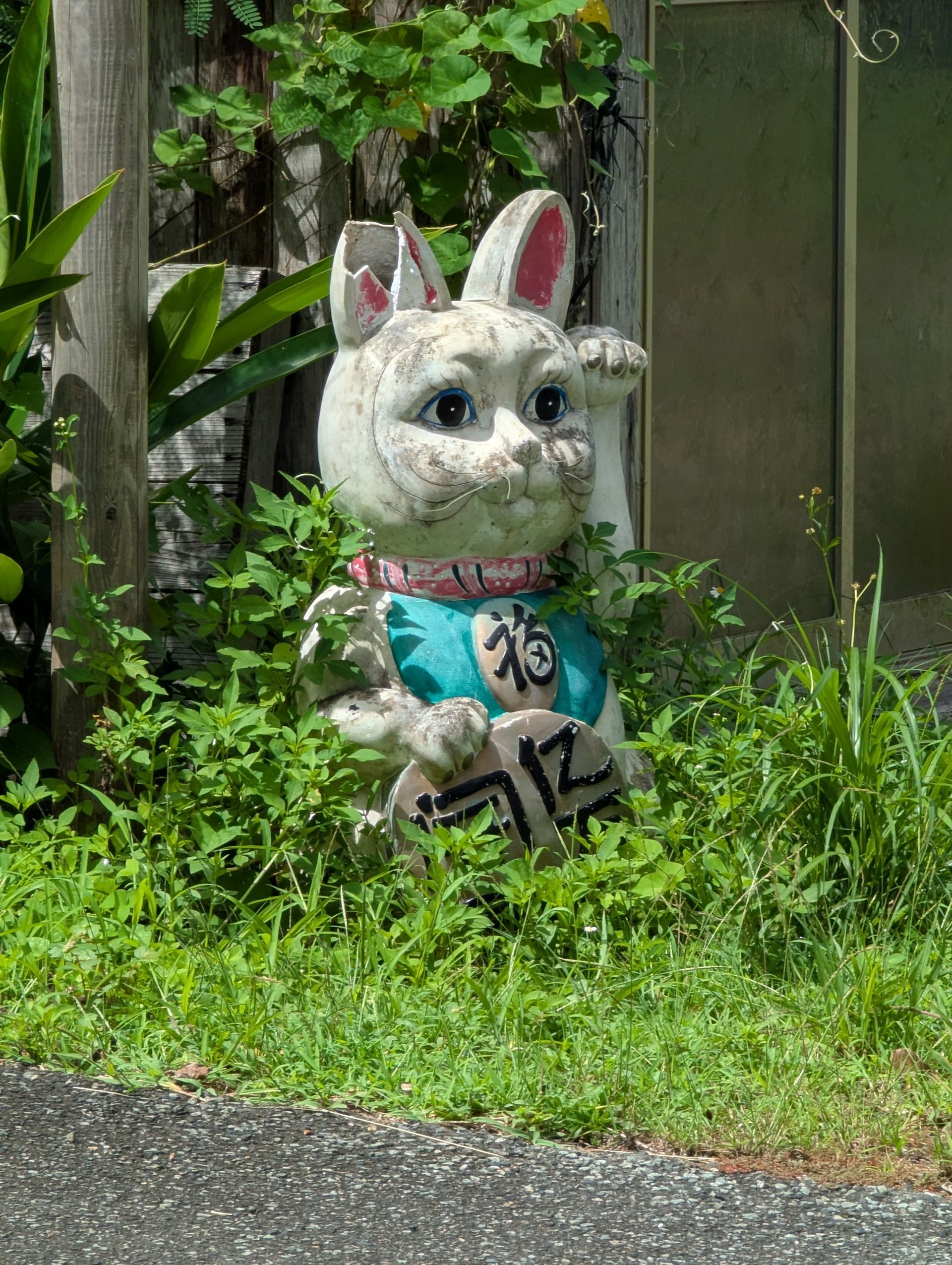Chapter Ten – Alaska Part 1 (7/25)
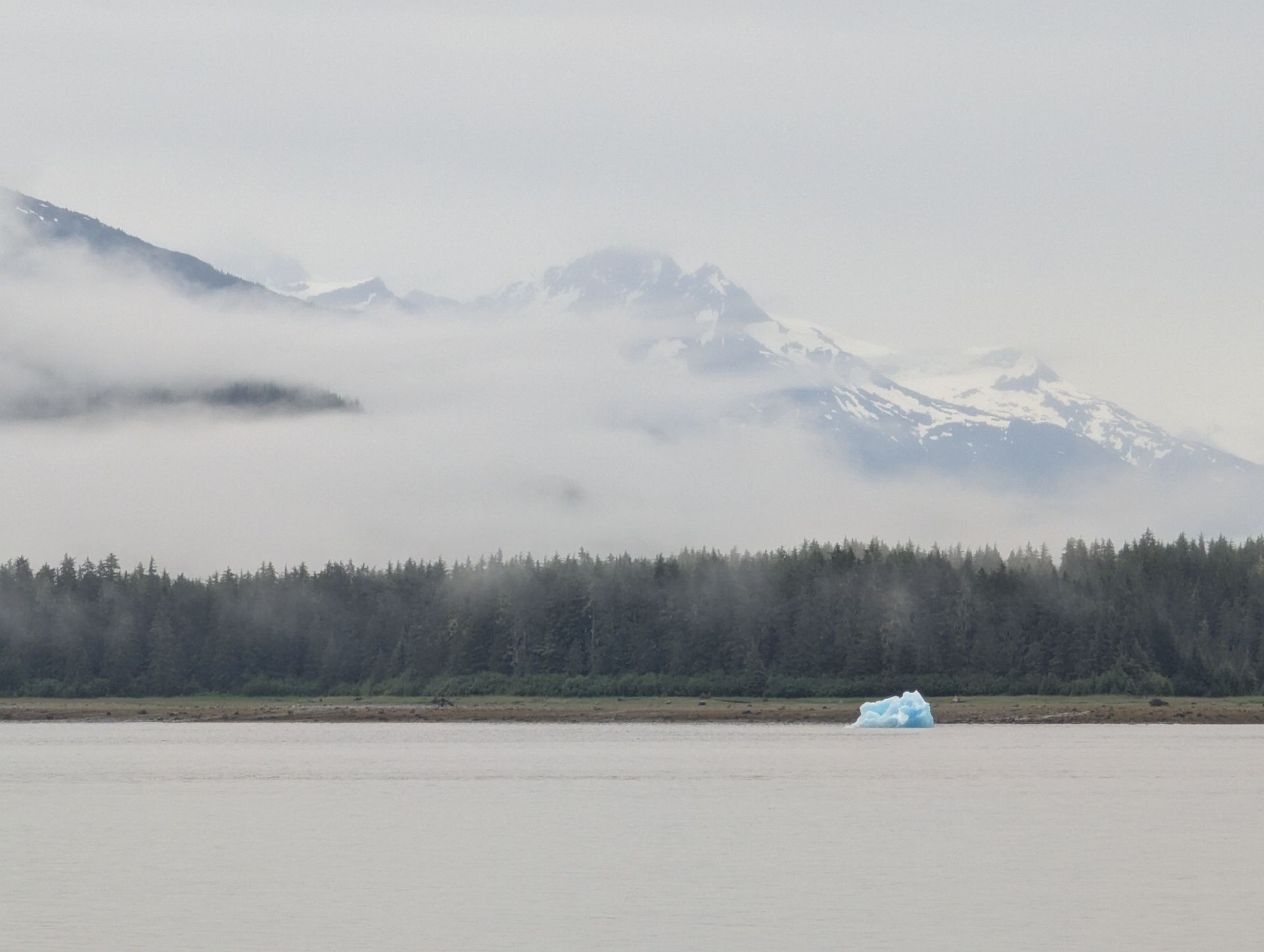
Some context for this trip and log. The ship we are traveling on is the Villa Vie Odyssey. It is a small cruise ship with about 300 passengers and 300 crew. We have bought a cabin aboard. My plan is to document one circumnavigation. This will take about 3 and ½ years. So far this has been a record from when we boarded in Barbados, going through the Panama Canal, up the western coast of Mexico over to Hawaii then up the western coast of the United States to Alaska.The following is an account of Alaska. After this we will travel to Japan. Thank you for your interest.
I was unprepared for the profound beauty of Alaska. The more you see, the more it astounds.
How is it possible that people could hunt seals, foxes, wolves and beavers to extinction, log evergreen trees to bare brown ground - as if a massive electric shaver was used to mow the mountains- that grow back in patches and trails made for giants? Vastness is not endless. The harsh environment, remoteness and beauty did not protect them. Still, how was it possible? Only people caught in a frenzy of commerce could do this. The same frenzy that brought thousands of men with dreams of making fortunes in gold to remote outlands of Alaska. They became insane devourers.
Luminous white water rushes from a cleft at the top of the mountain sliding in and out of evergreens to the river below, pinched along the way by grey rocks. This was the land of the Tlingit for at least 10,000 years. Theirs was a highly developed social structure equal to those found in Europe. Spanish contact in 1775 dropped their population by about 80 percent, with typhoid fever, scarlet fever, and measles. The Russian fur trade changed their lives even more. It began after Vitus Bering’s 1747 expedition and “discovery” of the Bering strait. Sea otter pelts were the incentive. Other fur was also sought but sea otter pelts were the most coveted. It is the warmest fur. It has the most hairs per square inch of any animal fur. An adaptation that allows it to live in the extreme environments of Alaska. Unfortunately for the otters its fur can be made into the warmest of coats. By 1799 the fur trade was thriving. It involved the forced labor of the indigenous people. Their local knowledge of the animals and their hunting expertise were essential. This industry brought significant change to the native communities, disease, dependence on trade goods and inter-tribal conflict. Russia traded furs to China and Europe. When competition for pelts and political factors involving Russia affected their ability to continue the trade, Russia sold Alaska to the United States. The US had been pressing westward and getting involved with trapping, fishing, mining, logging and homesteading. In 1867 the US bought Alaska from Russia for 7.2 million dollars. In 1788 the US entered the maritime fur trade; sea otter furs for Oriental goods. By 1801 the US controlled the fur trade at its height and Boston was at its center. When a major discovery of gold was made in 1896, Alaska became the gateway to the Klondike gold fields.
Purple mountains are passing by my window as we glide to our next port. I can watch this ‘movie’ before I go to sleep. It stays light till around midnight and never becomes completely dark. The sun is up at 5:00. Locals describe the endless darkness of the winter months as depressing. “What do you do?” “Watch movies, watch TV.” Native people used the long dark Winters to create. The memories of summer beauty and important events, documented in beadwork, carved figures of animals from walrus bone, charms for hats and masks, hand made fur garments beautifully beaded with flowers, leaves and animals, scrimshaw pipes of bone, a crown for a baby beaded and decorated with carvings, two white pom poms hanging from thin leather strips on either side. The intensive summer hunting over, food dried and stored. Time for handwork, music, story telling and conversation. While the mountains and sky silently hover near in all their variety and beauty.

Our ship hums as we travel. A comforting sound. The engines produce a tone like the D string on a cello being drawn on and on. It is our ship's resonance. I wonder what the whales think of it. We see a lot of them, frolicking and breaching. Sometimes their presence is revealed only by a cloud of breath. Other times they are more generous and reveal a dark back or tail. Very leisurely, assured. They know where they are going, they belong wherever they are. They find what they need; tiny shrimp, little fishes, squid and bigger prey. Sperm whales sleep vertically. Living pillars suspended in their element, replaying the clicking sounds of their pod, like people thinking through the events of their day before sleep takes over. Our wake drapes outward and into the distance. The grey clouds condense and press down to the land, squeezing the last strips of orange and red from the sky.
Now we are cruising slowly through the straits to find a particular fiord. When we arrive at the mouth of it I see what I cannot describe. There are no words invented to express what was around us. A whale breached 5 times in front of our ship last night. Even that is not as extraordinary. We enter the fiord in order to find the Sawyer Glacier. Now I think I know what can inspire composers to express beyond speech, with music. The experience built like a symphony, slowly, the introductory theme, mountains on either side, then other themes, the mist, the cold air mixed with light sleet, then eerie glowing aqua shapes float by, icebergs, unimaginably blue like they had been cut with a knife from the sky then dropped into the freezing water to jell and float. The mountains are getting higher, above the treeline the granite, polished like grey leather, forces through stands of evergreen, rising, as we advance, into sharp snow covered peaks, drawn up by invisible threads. We round corners, the route getting more confined, the mountains higher, the walls sheer, the ship goes past small green islands, larger icebergs, then the final approach, the sun opens the sky, we are enfolded, the mountains even higher have pressed closer, we breathe drafts of colder air. Finally there is the source of the cold like a monumental wall of cracked blue glass, across the end of the fiord, the finale; the glacier. You can feel the rumbling birth of its “calves” in your stomach. And it is growling.
